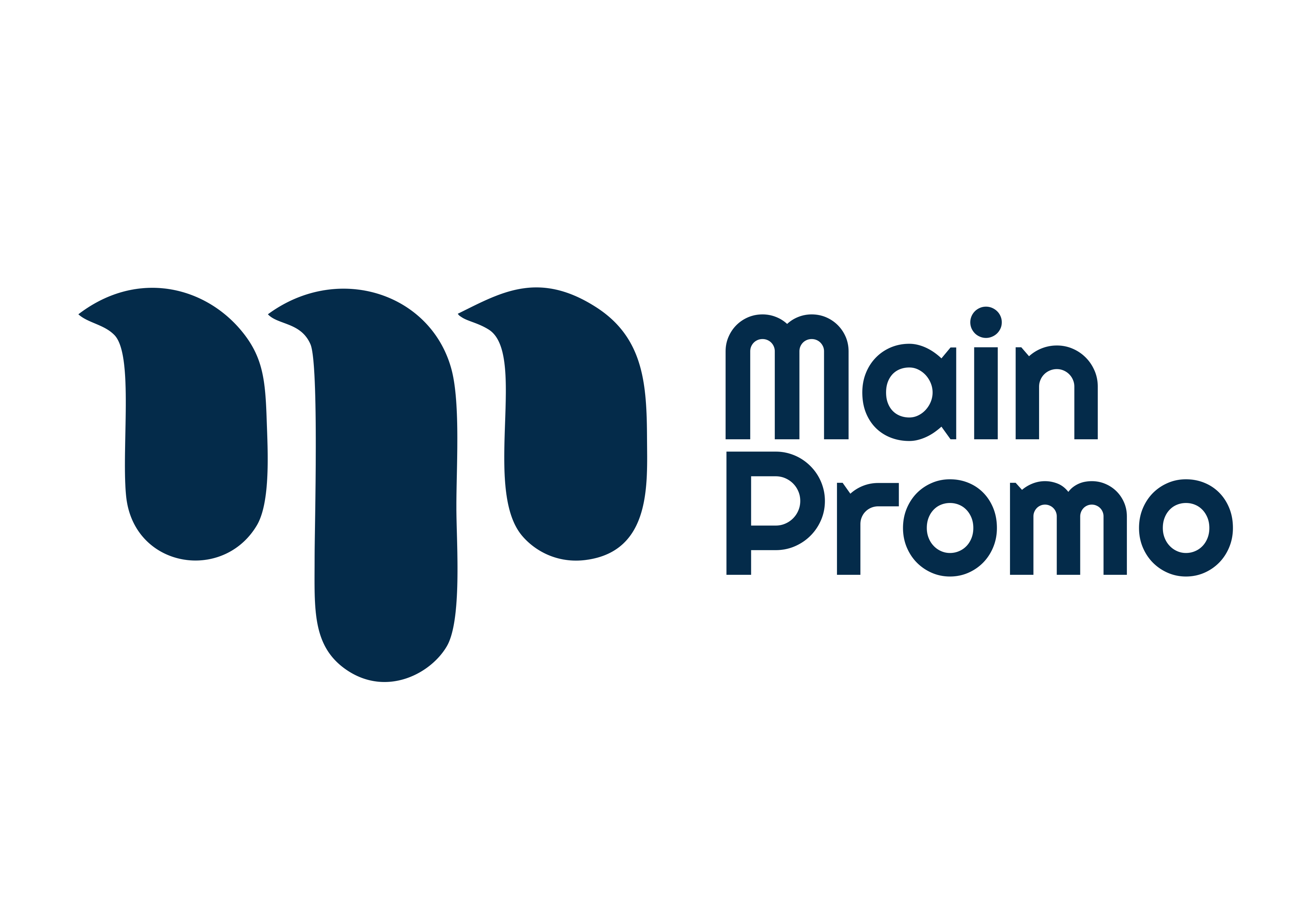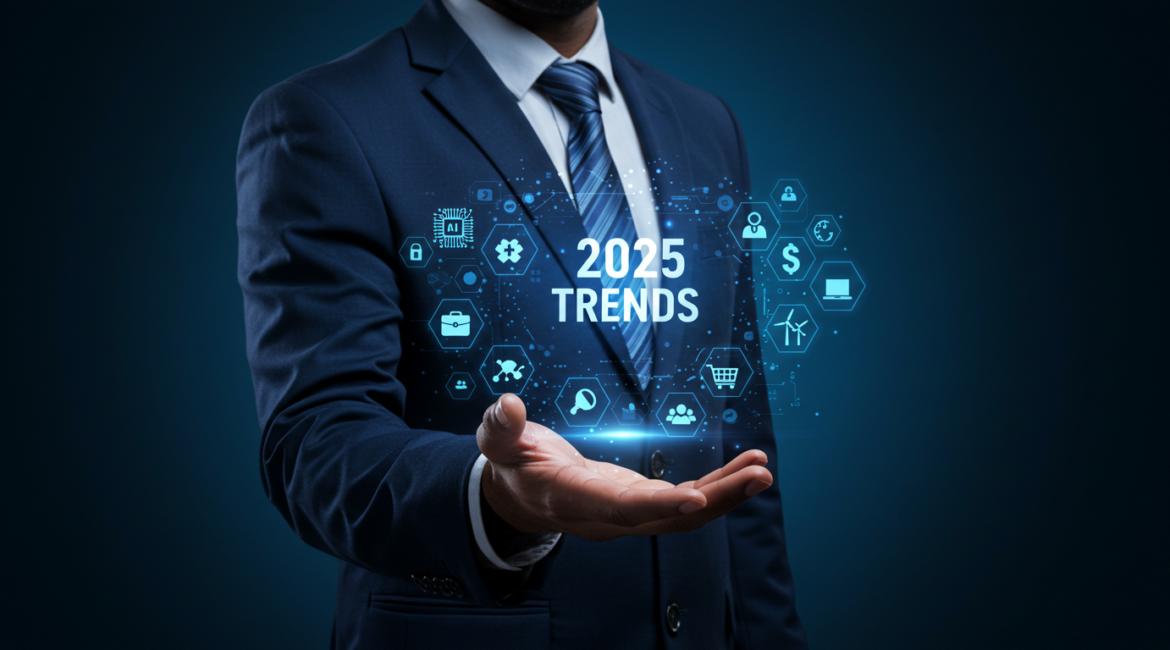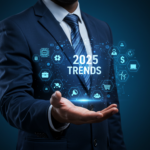Digital marketing is evolving at lightning speed blink, and you might miss the next big trend. Will your brand keep up or get left behind? With new technologies reshaping the industry and consumer behaviors continuously shifting, brands must adapt to remain competitive.
Here are the top trends shaping the future of digital marketing in 2025, along with practical applications and strategies to keep your brand ahead of the curve.
1. AI-Driven Personalization – The Power of Predictive Marketing
Artificial Intelligence (AI) is transforming how businesses engage with customers and optimize their strategies. AI-powered algorithms analyze consumer behavior and predict preferences, enabling brands to deliver personalized content, product recommendations, and targeted ads in real time. According to a study by Accenture, 91% of consumers are more likely to shop with brands that provide personalized offers and recommendations (as reported by Porch Group Media).
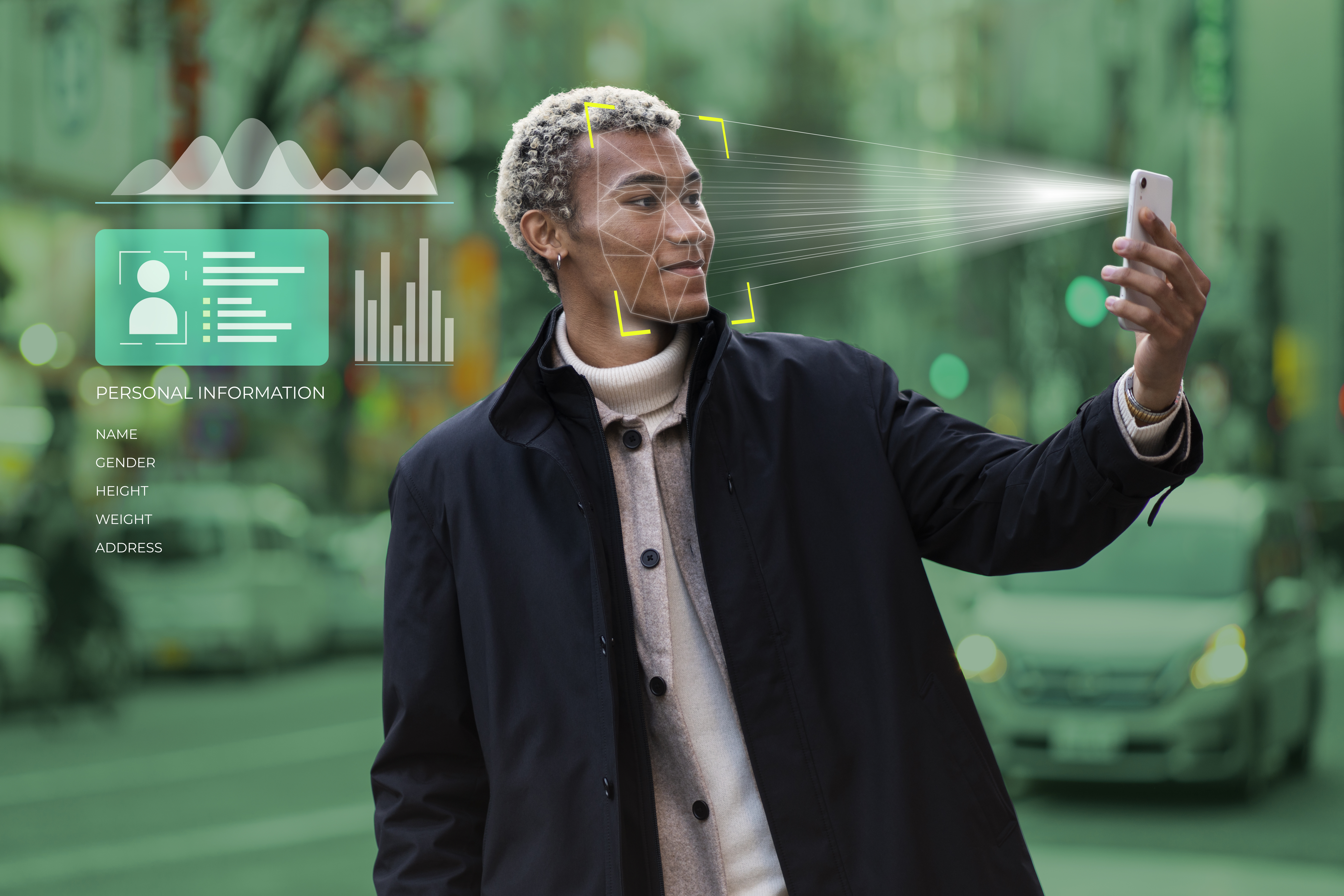
One of AI’s most powerful applications is dynamic pricing, which helps businesses stay competitive by automatically adjusting prices based on demand, competitor rates, and customer behavior, ensuring maximum profitability. Additionally, AI-driven chatbots provide instant, 24/7 customer support, answering queries and assisting with purchases, eliminating long wait times. These innovations enhance customer experience and drive growth through intelligent, data-driven decisions.
To stay ahead, brands should invest in AI-powered tools like chatbots, predictive analytics, and recommendation engines to create a seamless and highly customized customer experience.
2. Sense Search Optimization – The Rise of Voice & Visual Search
With the increasing use of Google Lens and voice assistants like Alexa, Siri, and Google Assistant, voice and image search have become essential tools for finding information. As a result, optimizing for sense search “the intersection of voice and visual search” is no longer optional for brands. Unlike traditional SEO, voice search queries are more conversational and typically longer, making it essential for brands to adjust their SEO strategies to match natural speech patterns and long-tail keywords.
For instance, optimizing “Near Me” Searches. Ever asked Siri or Google, “Where’s the best coffee shop near me?” Businesses that optimize their online listings, website content, and keywords to these types of voice searches have a greater chance of being recommended by voice assistants like Alexa, Google Assistant, and Siri.
Image-based search optimization would involve a fashion retailer optimizing its product images for Google Lens. When customers see a piece of clothing they like, they can take a photo of it using Google Lens. The app will then search for similar products online and provide relevant information or purchase options.
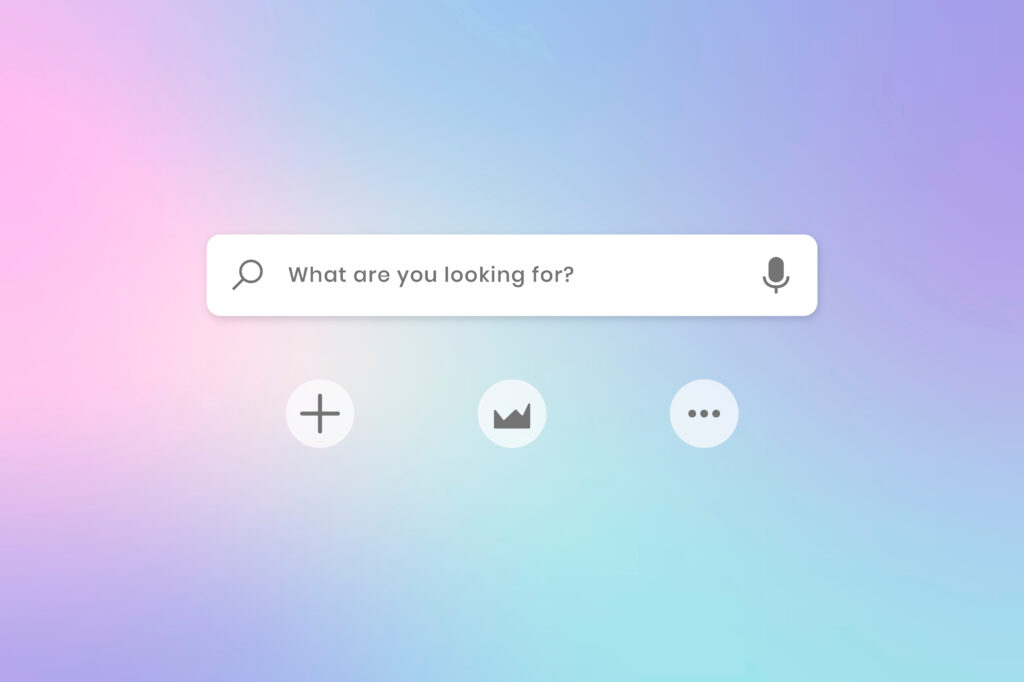
To optimize for this, the fashion brand could ensure their product images are high quality, and properly tagged with relevant keywords (like color, style, fabric, etc.). Also including detailed alt-text and captions for images will help Google Lens and other image search engines better understand and categorize the content, making it more discoverable to users searching via images.
As a brand, optimizing content for sensory searches i.e. incorporating both voice and visual elements is crucial for staying competitive in today’s digital landscape. Embracing these tactics ensures that businesses remain relevant in an increasingly sensory-first world.
3. Augmented Reality (AR) and Virtual Reality (VR) Marketing – The Future of Immersive Marketing
Immersive technologies like AR and VR are transforming customer experiences, making shopping more interactive and engaging. From virtual try-ons to 360-degree product demonstrations, brands can create dynamic experiences that boost buyer confidence and influence purchasing decisions. For brands aiming to integrate AR and VR, choosing an AR experience platform that suits your specific industry needs is imperative.
An example is IKEA’s AR-powered app that allows customers to visualize how furniture will look in their homes before making a purchase, eliminating guesswork and influencing buying decisions. Similarly, beauty brands are using AR to offer virtual makeup try-ons, helping customers find the perfect shade without ever visiting a store.
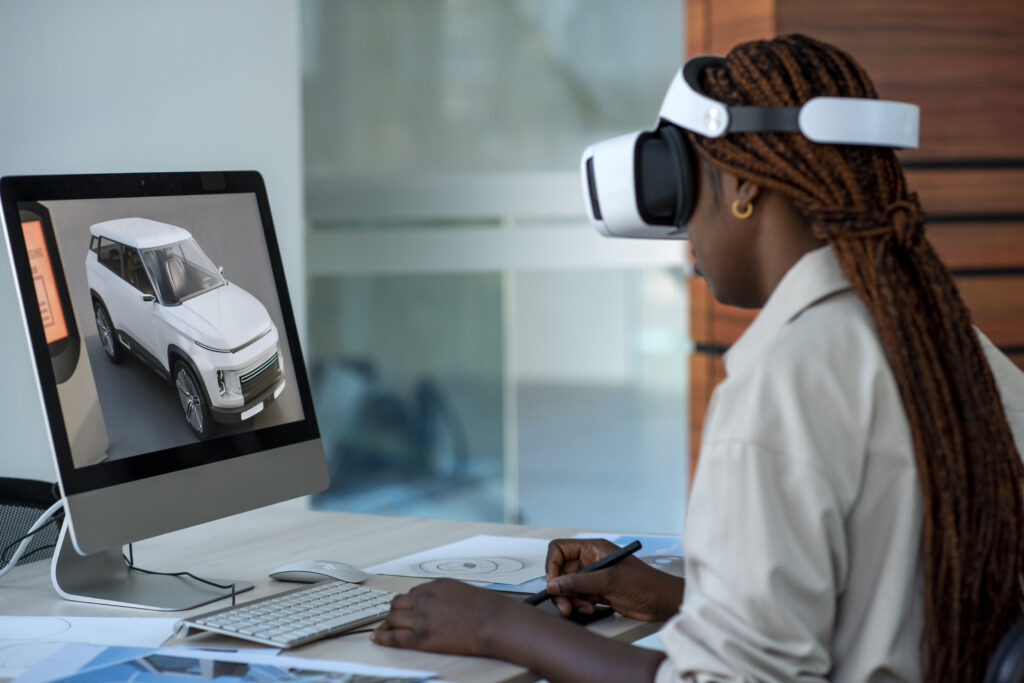
Use virtual try-on features for fashion, beauty, or eyewear brands, offer 360-degree product views for online shopping, and utilize interactive AR filters on social media for more engagement. Businesses that embrace these innovations can enhance customer engagement, streamline decision-making, and stay ahead in an increasingly digital marketplace.
4. Video Marketing Dominance – Short-Form & Live Content Take Over
Video marketing continues to lead the digital landscape, with short-form and live video content driving engagement across platforms. TikTok, Instagram Reels, and YouTube Shorts have made video marketing more accessible, allowing brands to connect with audiences through dynamic, interactive content that boosts conversions.
For example, a fitness brand might use Instagram Reels to share quick, 30-second workout tips, leveraging short-form content to capture attention instantly. Similarly, a tech company could host live product launches on YouTube, using real-time interaction to build excitement and foster deeper audience engagement.

As video remains a dominant force, brands should prioritize high-quality video content for SEO and mobile viewing, engaging video content, and leveraging social media algorithms that favor video over static content.
5. Privacy-First Marketing – The Shift to Ethical Data Collection
As data privacy concerns rise and third-party cookies are phased out, brands must shift toward privacy-first marketing strategies to maintain consumer trust and ensure compliance with evolving regulations. This shift requires businesses to prioritize transparency, ethical data collection, and user consent while still delivering personalized experiences.

One major development in this space is Google’s Privacy Sandbox initiative, which aims to replace third-party cookies with more privacy-friendly tracking solutions. This approach helps advertisers target audiences effectively while preserving user anonymity. Additionally, the rise of zero-party and first-party data collection is reshaping how brands gather customer insights. Instead of relying on third-party tracking, businesses are now encouraging users to share information voluntarily through interactive experiences like surveys, quizzes, and loyalty programs. This approach not only fosters trust but also enables brands to build deeper, more meaningful connections with their audiences.
As privacy-first marketing becomes the new standard, brands that embrace transparent data practices and user-centric strategies will gain a competitive edge in the evolving digital landscape.
6. Social Commerce and Shoppable Content – Shopping Without Leaving the App
The boundary between social media and e-commerce is increasingly fading. Platforms like Instagram, TikTok, and Facebook are transforming into complete shopping destinations, with features like Instagram Shopping, TikTok Shop, and Facebook Marketplace enabling users to discover and buy products without ever leaving the app. This shift creates a seamless experience, allowing consumers to move effortlessly from browsing to purchasing directly within their social media feeds.
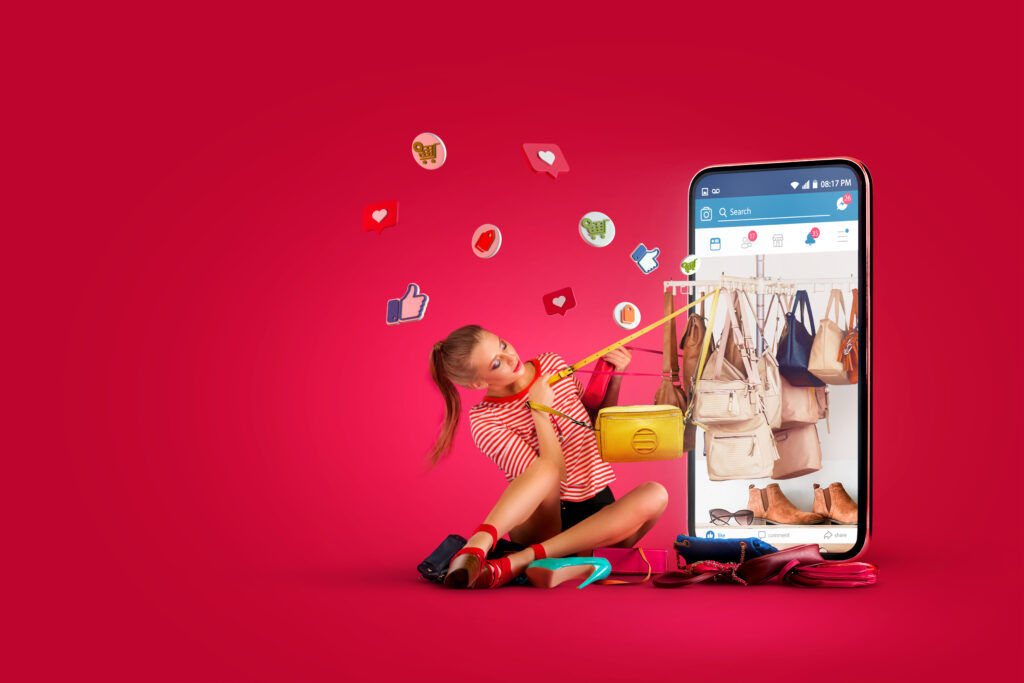
Influencers are leveraging TikTok Shop to promote affiliate products, integrating shopping into their content and providing a direct link for followers to make purchases instantly. Brands should implement social commerce features into their sales strategy to streamline the buying experience for customers, partner with influencers to drive sales and experiment with live shopping events to boost real-time engagement.
7. User-Generated Content (UGC) – The Rise of Authentic Marketing
User-generated content (UGC) is rapidly becoming one of the most influential digital marketing trends, especially as consumer demand for authenticity grows. In 2025 and beyond, UGC will continue to shape the way brands engage with their audiences. This content, created by real customers, includes everything from social media posts to photos, videos, reviews, and testimonials. This is unlike posts made by influencers or affiliate partners. UGC is incredibly valuable because it tilts towards word-of-mouth marketing and allows brands to leverage social proof, which helps build trust and loyalty among potential customers.
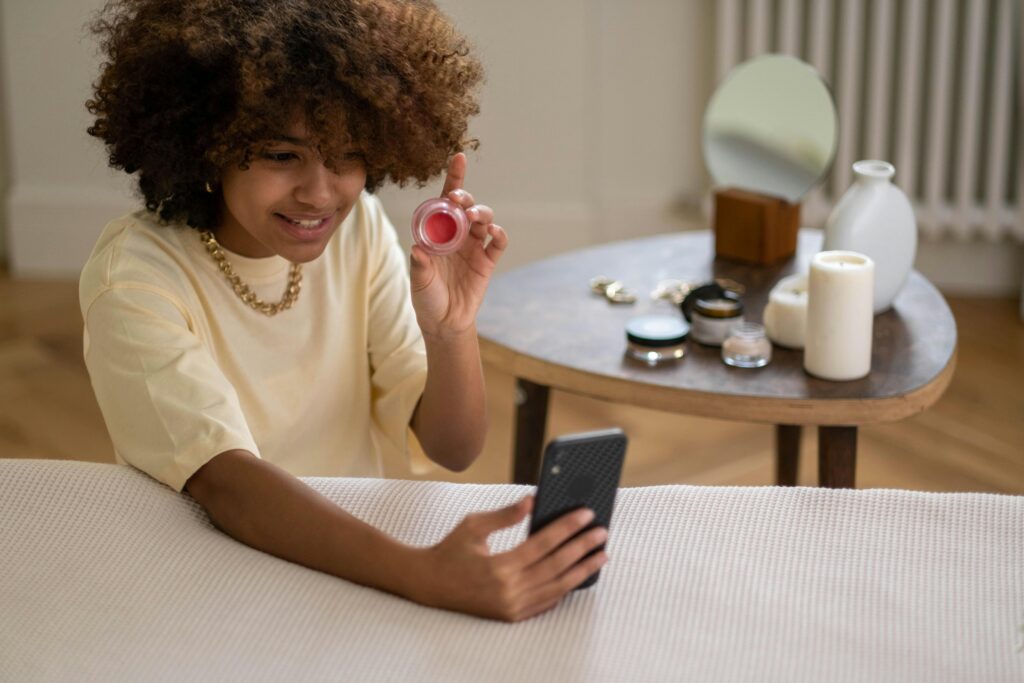
For example, a beauty brand might encourage customers to share photos and videos using their products, and then repost them on their channels. This not only provides fresh content but also shows potential buyers real-life experiences with the product, boosting credibility. Similarly, a fitness brand could ask its followers to share workout videos or transformation stories, creating a sense of community and engagement that resonates more than traditional advertising.
For brands, while traditional marketing and influencer marketing continues to have a place in marketing strategy, UGC is a cost-effective way to create diverse, organic content while building a stronger connection with their audience. To optimize UGC, businesses should encourage participation through incentives like giveaways or featuring user content on their social channels. As customers continue to crave real, unfiltered experiences, UGC will be a key factor in shaping personalized, relatable brand campaigns in 2025 and beyond.
Future-Proofing Your Marketing Strategy
As the digital marketing landscape continues to evolve, businesses must stay proactive in adopting new trends and technologies by leveraging AI, prioritizing data privacy, optimizing for voice and image search, prioritizing personalization, and adapting to shifts in consumer behavior. Data privacy and sustainability will play key roles in shaping customer relationships, and brands that blend innovation with authenticity will create meaningful, personalized experiences that truly resonate with their audiences.
The digital landscape is shifting fast. Is your brand ready to adapt, or will it fall behind? It is not too late to strategize for 2025. Let us build your 2025 strategy together. Contact MainPromo today!
